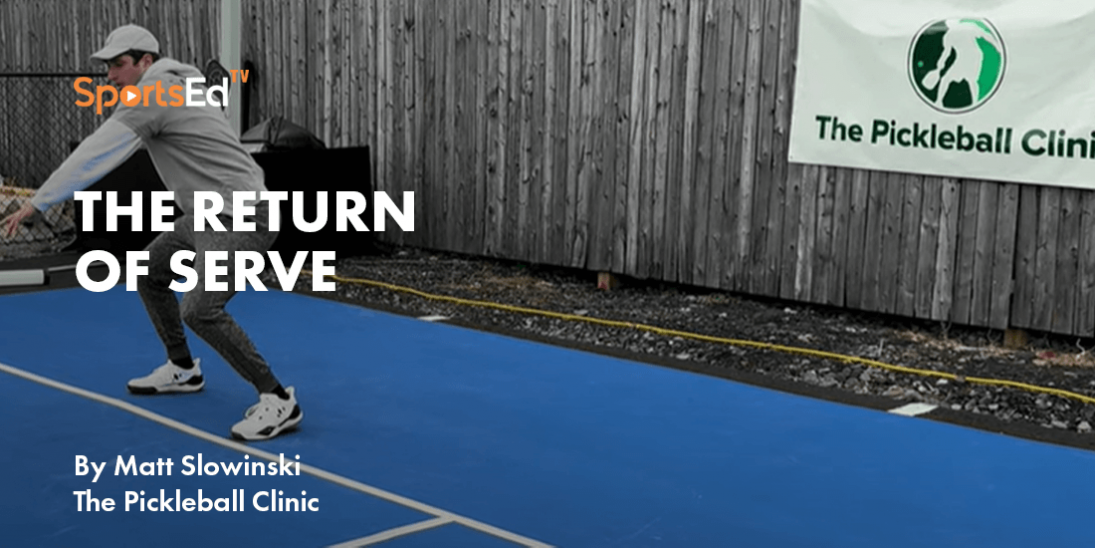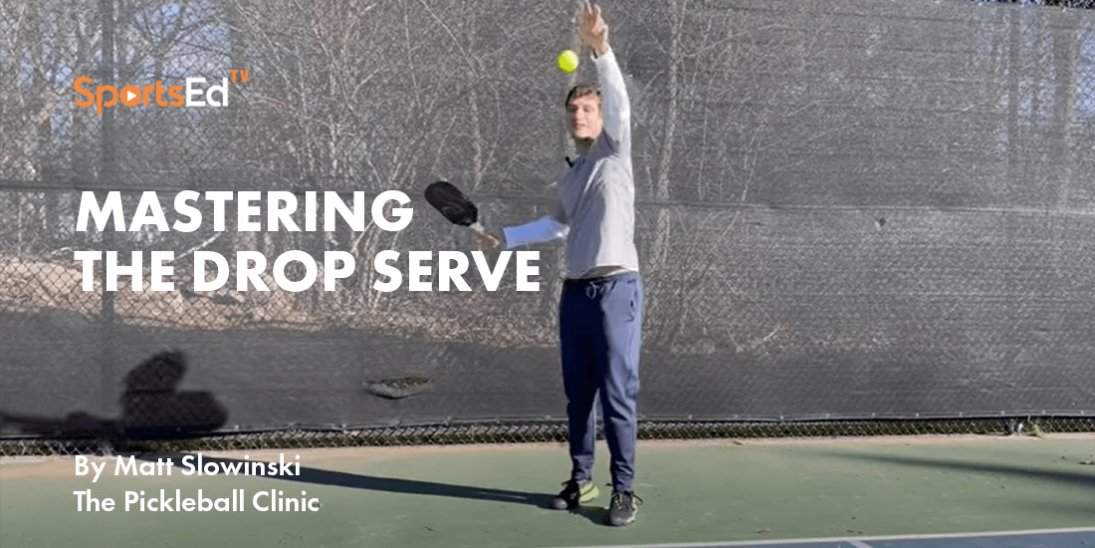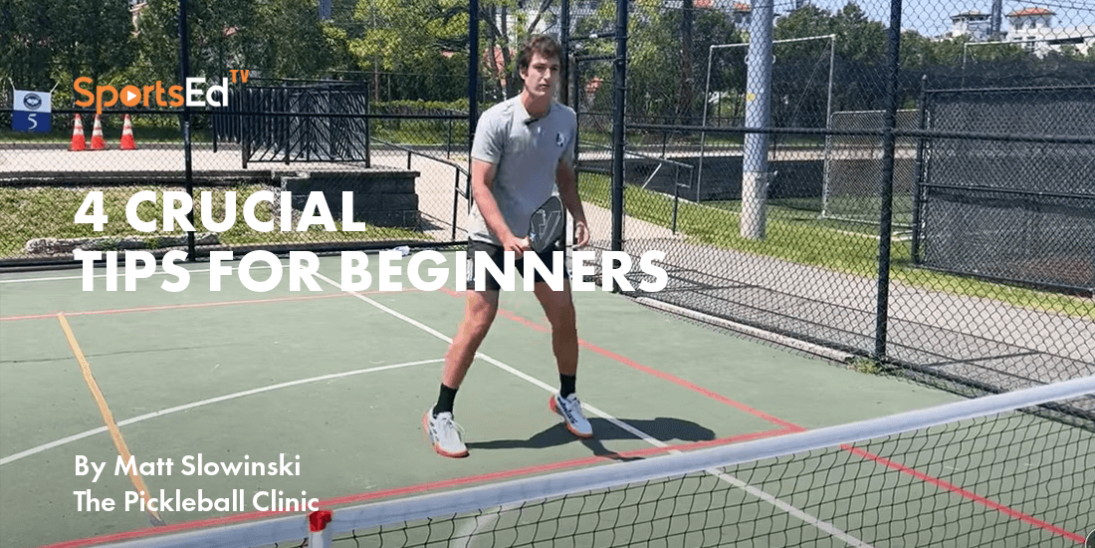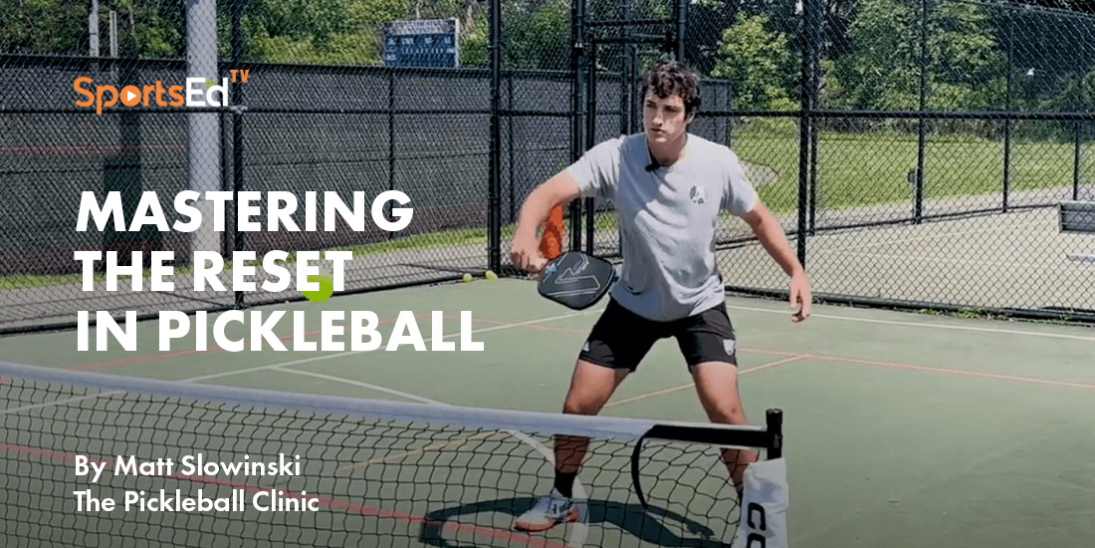Pickleball
Welcome and thanks for visiting...

The Two-Handed Backhand Counter Attack in Pickleball
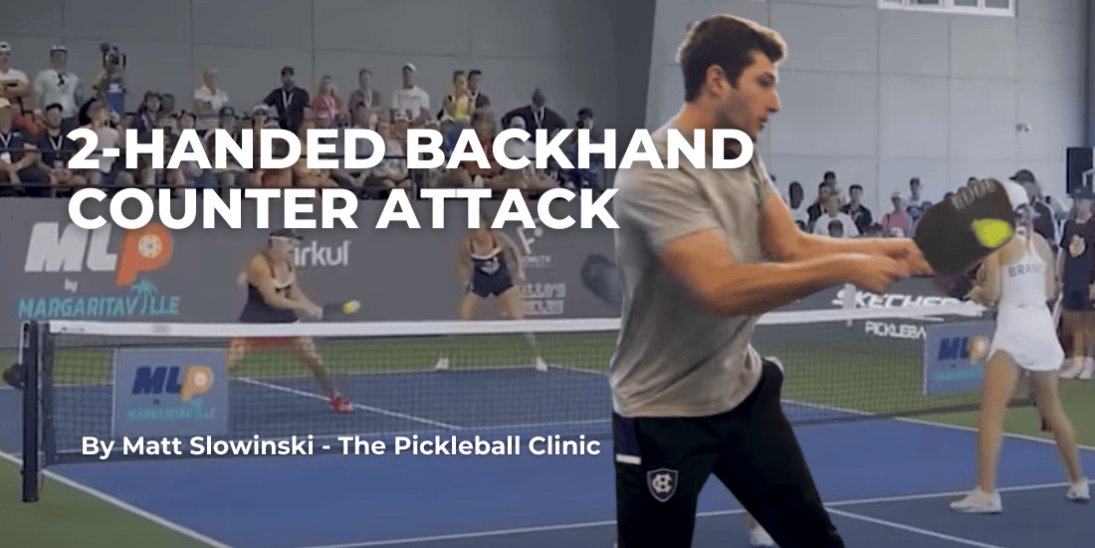
If you want to dominate the kitchen line in pickleball, you need a reliable counterattack. When an opponent speeds up the ball toward you, especially to your backhand side, it’s your moment to strike back with precision and power. One of the most effective ways to respond is with the two-handed backhand volley.
This shot allows you to counter aggressive plays with stability, control, and confidence. In this guide, we’ll walk you through how to properly grip, position, and execute the two-handed backhand counterattack, along with strategic insights to help you become a serious threat at the net.
What Is a Two-Handed Backhand Counter Attack?
The two-handed backhand counterattack is a compact volley technique where you use both hands on the paddle to respond to a fast-paced shot. It’s particularly useful when opponents attack your non-dominant side with a speed-up. The purpose of this counter is to take their offensive shot and turn it against them—either by driving the ball back fast or redirecting it strategically.
It’s a tool that adds both consistency and aggression to your kitchen-line game.
The Right Grip for a Two-Handed Backhand
A proper grip is essential for generating power and maintaining control. Your dominant hand (typically the bottom hand) should be in a continental grip. You can find this grip by pretending to make a checkmark with your index finger and running it down the edge of the paddle. This will naturally position your hand correctly on the handle.
Your non-dominant hand (top hand) should use an eastern grip. You can achieve this by holding the paddle up vertically, placing your palm against the face of the paddle, and simply "slapping" your hand onto the handle. The fingers of both hands should be close, maybe even touching, but not overlapping.
If your paddle has a shorter handle, you can choke up slightly with the top hand, even placing one or two fingers up on the paddle face to create more room.
One-Handed vs Two-Handed: Know When to Switch
While the two-handed backhand is a powerful weapon, it’s not always the right tool—especially when the ball is hit directly at your body.
If a shot comes into your chest or midline, it’s very difficult to execute a two-handed volley. In those situations, you need to rely on a one-handed backhand punch volley. Trying to use two hands here will feel uncomfortable and often lead to errors.
The key is mentally drawing a line around your left shoulder (if you're right-handed). Any ball that comes into your body or slightly inside that line should be handled with one hand. On your non-dominant side, anything outside that shoulder is where the two-handed backhand becomes viable.
Proper Technique for the Two-Handed Backhand Volley
The biggest mistake players make with this shot is taking a large backswing. In pickleball, especially at the kitchen line, time is limited. If you pull the paddle too far back, you’re more likely to be late on the shot and lose control.
Instead, focus on keeping everything out in front of you. As soon as you recognize the ball is coming to your backhand side, turn your shoulders and bring the paddle to a position about six inches in front of your lead shoulder. From there, it’s a short, compact push through the ball.
Your swing should finish with the paddle returning to your ready position, not flying through with a huge follow-through. Let your right elbow (if right-handed) move naturally and return into your ready stance with both elbows slightly flared and paddle up.
Understanding Body Mechanics and Swing Path
Think of this counter as a push, not a slap. The swing is more linear than circular. That means you’re not swinging around your body in a big arc—you’re driving through the ball with a straight, compact motion.
When executing the two-handed backhand, your upper body should stay firm. Use your legs for a slight bend and push forward, but don’t lunge or lean back. You want to maintain balance and allow your arms to do the work.
The key is control. Even if you’re hitting a powerful shot, it’s all about directing the pace you’re given rather than trying to generate it from a dead start.
When and Where to Use the Two-Handed Counter
Timing is everything. One of the best opportunities to use this counter is when your opponent attacks crosscourt and you’re positioned on the right side of the court (for right-handers). It’s rare for a player to speed up aggressively to your forehand crosscourt—so most of their speed-ups will target the middle or your backhand side.
That’s where you live with this counter.
If you’re dinking crosscourt and expecting a speed-up, start leaning slightly toward your backhand side. Maintain your ready position with both hands on the paddle and keep your paddle face slightly open. If they attack through the middle, you’re set up for the two-handed backhand volley.
This positioning allows you to pre-load and prepare mentally and physically to launch your counterattack. If they hit to your body, go one-handed. If it comes wider, step in with the two-hander and fire.
Targeting: Where Should You Hit Your Counter?
When it comes to targeting your counterattack, one direction stands out—down the line.
The natural motion of a two-handed backhand is across your body, which makes a straight-ahead counterattack ideal. It follows your swing path, gives you the best power transfer, and often catches your opponent off guard.
Hitting back crosscourt with a two-handed counter is possible but much harder to control. The margin for error is smaller, and the risk of hitting wide or into the net increases. Down the line is the high-percentage, high-pressure play.
Plus, when your opponent sees you consistently countering down the line, it disrupts their confidence in speeding up to your backhand at all.
Footwork and Positioning Tips
To make this counter consistent, your footwork has to match your paddle preparation. Here are a few key tips:
-
Stay light on your toes and slightly forward in your stance.
-
Use a split step as your opponent makes contact with the ball.
-
Shift your weight forward into the ball, not backward or sideways.
-
If needed, take a small step with your non-dominant foot to adjust to the shot and maintain balance.
The more compact your movement, the better. You don’t need a big shift—just enough to stabilize and execute with control.
Practice Drills to Sharpen Your Two-Handed Backhand
Like any skill in pickleball, this shot requires repetition. Try these drills to build consistency and confidence:
1. Paddle Tap and Push Drill
Have a partner stand across from you and feed quick speed-ups to your backhand. Use only two hands and focus on keeping the paddle out in front. Push through the ball and return to your ready position after each rep.
2. Backhand Counter Rally
Play mini-rallies where both players can only hit backhand volleys. This isolates the movement and helps develop feel, timing, and muscle memory.
3. One vs Two Drill
Alternate one-handed and two-handed backhands depending on where the ball is fed. This helps build the instinct to switch between the two based on shot location.
4. Shadow Swing Sets
Without a ball, practice the full movement—ready position, paddle prep, push-through, and reset. Do 20 reps daily to reinforce mechanics.
Final Thoughts: Build a Weapon, Not Just a Response
The two-handed backhand counterattack isn’t just a defensive move—it’s a mindset shift. You’re not just surviving speed-ups; you’re punishing them. With the right grip, awareness, technique, and positioning, this shot becomes a game-changer at the net.
Keep your paddle out in front, stay balanced, and anticipate the ball coming to your backhand. When it does, strike with confidence and control.
Now it’s your turn—get out on the court and turn your backhand into a weapon that opponents will think twice before testing.




